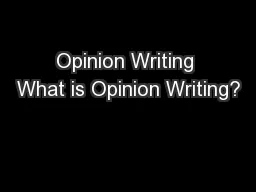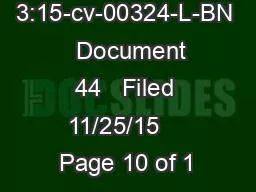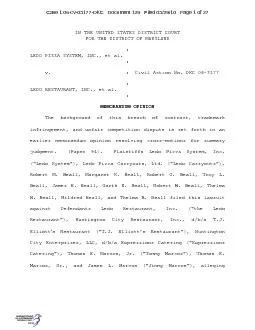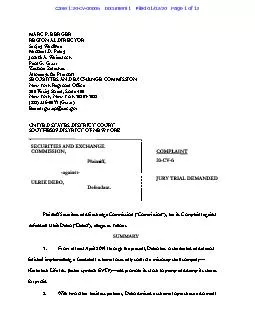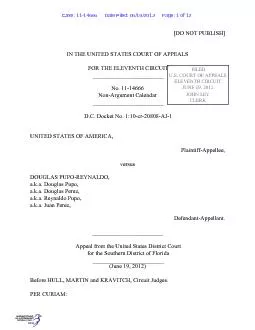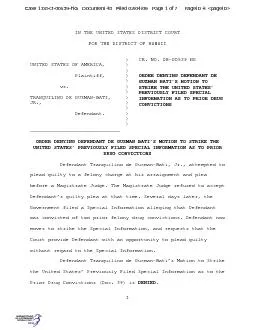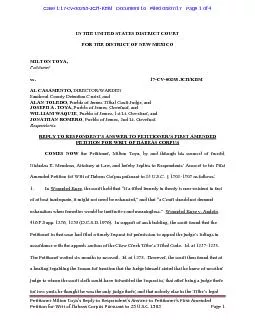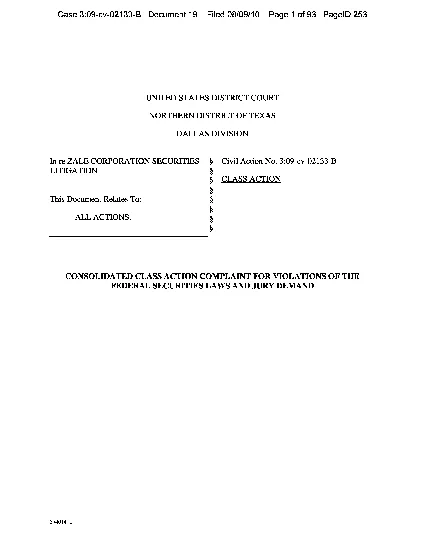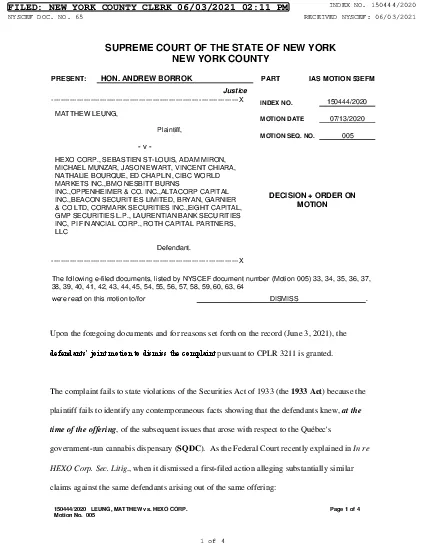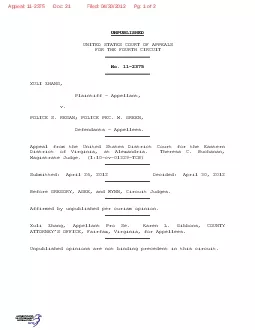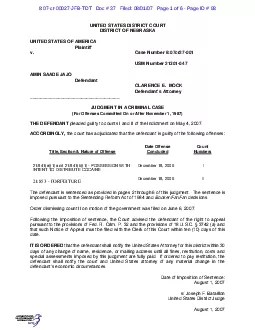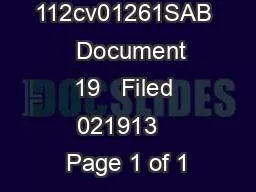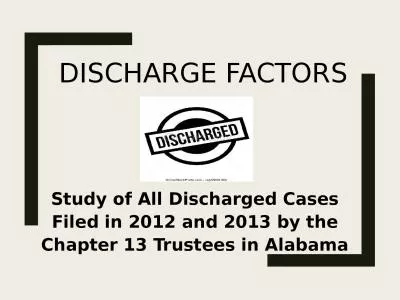PDF-and Opinion Filed
Author : numeroenergy | Published Date : 2020-11-19
Affirm July 30 2020 In The Court of Appeals Fifth District of Texas at Dallas No 05 19 00730 CV ZALE CORPORATION Appellant BERKLEY INSURANCE CO MPANY AND STARR
Presentation Embed Code
Download Presentation
Download Presentation The PPT/PDF document "and Opinion Filed" is the property of its rightful owner. Permission is granted to download and print the materials on this website for personal, non-commercial use only, and to display it on your personal computer provided you do not modify the materials and that you retain all copyright notices contained in the materials. By downloading content from our website, you accept the terms of this agreement.
and Opinion Filed: Transcript
Download Rules Of Document
"and Opinion Filed"The content belongs to its owner. You may download and print it for personal use, without modification, and keep all copyright notices. By downloading, you agree to these terms.
Related Documents


